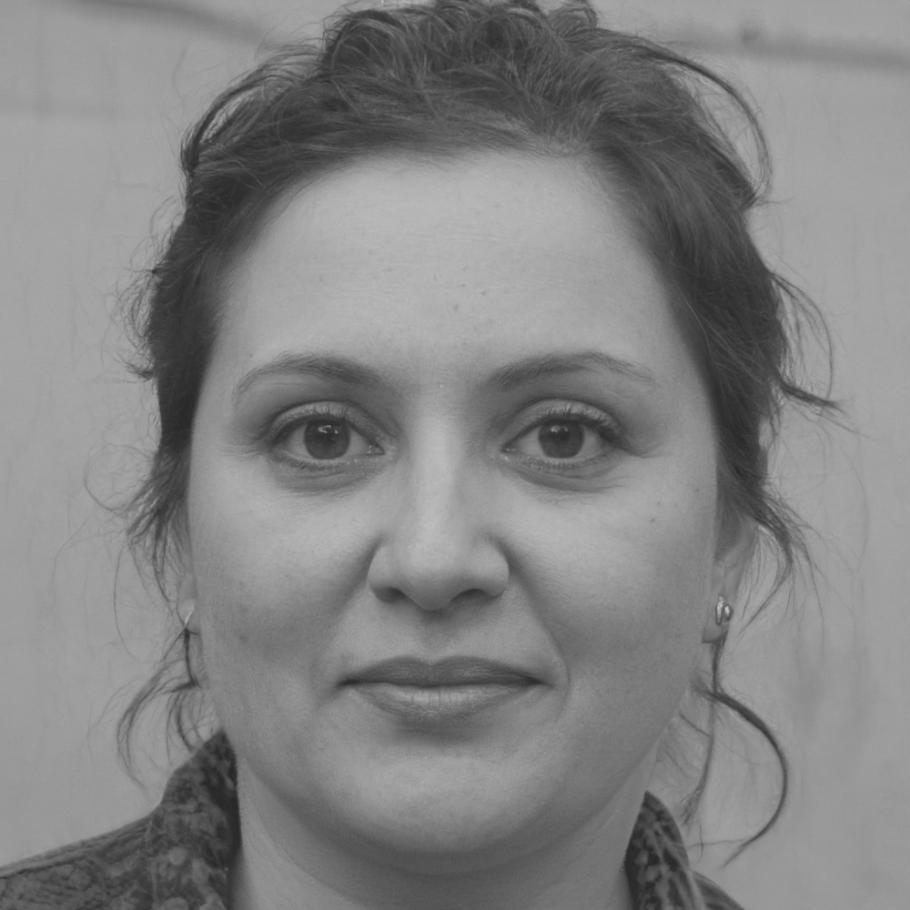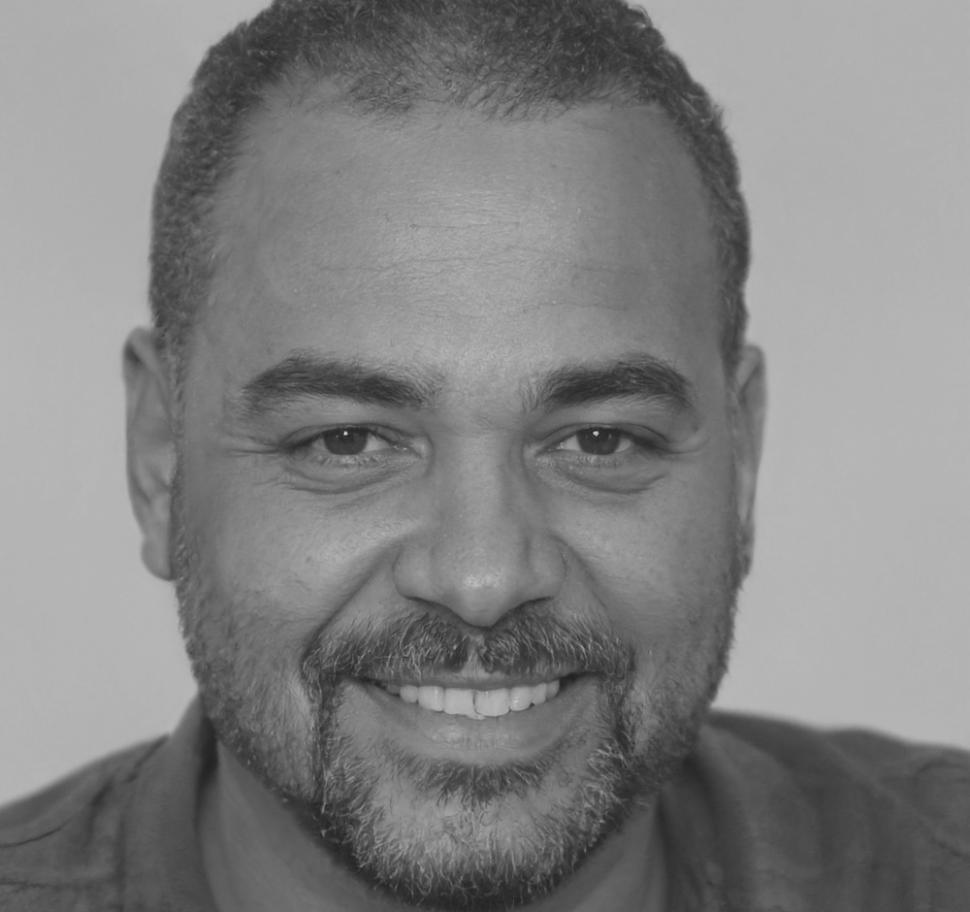Interactive Learning Methods
Real-world scenario modeling that prepares students for actual financial decision-making
Hands-On Scenario Building
Students work with actual market data from the Australian financial sector. They build their own economic scenarios using real ASX information, property trends from Melbourne and Sydney markets, and current interest rate patterns.
Each week, we introduce new variables — from inflation changes to employment shifts. Students see how their models respond and learn to adjust their thinking in real time. It's not about memorizing formulas. It's about understanding how money moves through the economy.

Our Three-Pillar Approach
Live Data Analysis
Students access current financial feeds and learn to interpret real market movements as they happen
Scenario Testing
Build different economic situations and test how various financial strategies perform under pressure
Peer Review
Small groups examine each other's models, spotting assumptions and suggesting improvements through collaborative discussion
Meet Your Instructors
Experienced professionals who've worked across different sectors of Australia's financial industry

Harlan Kessinger
Portfolio Strategy
Spent twelve years managing institutional portfolios across mining and agriculture sectors. Now teaches students how to spot patterns in commodity cycles.

Zelma Thorne
Risk Assessment
Former risk analyst for Melbourne's property development firms. Specializes in teaching students how to evaluate investment uncertainties.

Booker Aldridge
Market Dynamics
Previously worked with small business lending teams. Helps students understand how economic changes affect everyday financial decisions.
How Learning Unfolds
Our eight-month program builds skills progressively, starting September 2025
Foundation Phase (Months 1-2)
Students learn to read financial statements and understand basic market indicators. We use examples from Australian companies they recognize — Woolworths, BHP, Commonwealth Bank. By the end, everyone can explain what drives stock prices beyond just supply and demand.
Model Building (Months 3-4)
Time to get hands dirty with actual scenario construction. Students create their first economic models using spreadsheets and basic forecasting tools. They test different assumptions about interest rates, employment, and inflation to see how outcomes change.
Advanced Scenarios (Months 5-6)
More complex situations involving multiple variables. Students might model how a mining boom affects housing prices in Perth, or how drought conditions impact agricultural lending across Queensland. Real interconnected thinking starts happening here.
Capstone Projects (Months 7-8)
Students choose their own financial challenge to model — maybe retirement planning for different income levels, or evaluating small business expansion under various economic conditions. They present findings to classmates and receive detailed feedback.